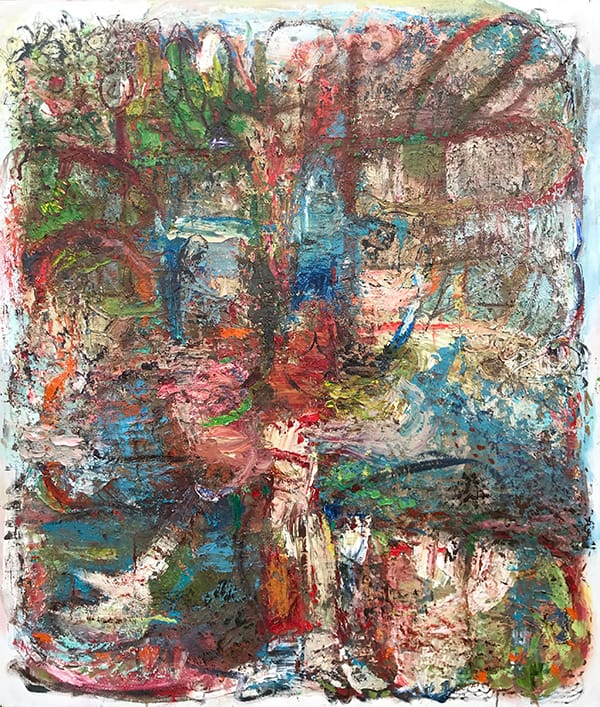Artist Q&A with Kathleen Shaver
Kathleen Shaver is an abstract painter who studied at Moore College of Art & Design and the Pennsylvania Academy of the Fine Arts (PAFA) with teachers and mentors including Bill Richards, Chuck Fahlen, and Thomas Chimes. Her work has been included in a major survey of contemporary Philadelphia artists at the Philadelphia Museum of Art and in exhibits at PAFA, Woodmere Art Museum, the James A. Michener Art Museum, The State Museum of Pennsylvania, the Attleboro Arts Museum and Moore. In addition to the Rodger LaPelle Galleries and 3rd Street Gallery in Philadelphia, Shaver has exhibited in galleries located in Delaware, Maryland, New York, New Jersey, Washington D.C. and Texas. Her work is included in both private and corporate collections.

Who is your favorite artist of all time?
That’s a tough question because time is speeding along and nothing remains the same. I remember seeing paintings by Goya and Velasquez in a book as a kid. I grew up loving the magic of Walt Disney movies. As an art student, Jasper Johns had a huge impact on me as did Eva Hesse, Robert Rauschenberg, George Segal, Marisol, Jim Dine, Joseph Cornell, and Lucas Samaras. The first time I saw works of Van Gogh in the flesh I was blown away by the physical presence of his paint. Today, I’d walk a mile to see work by Angel Ortiz, Rachel Jones, Rita Ackermann, or Daniel Crews Chubb. I feel that Willem de Kooning is in my bones so he must be my favorite.
How did you become a professional artist?
By overcoming a deep conflict. I started out in art college after high school. After figuring out I did not want to study … Click here to read more











